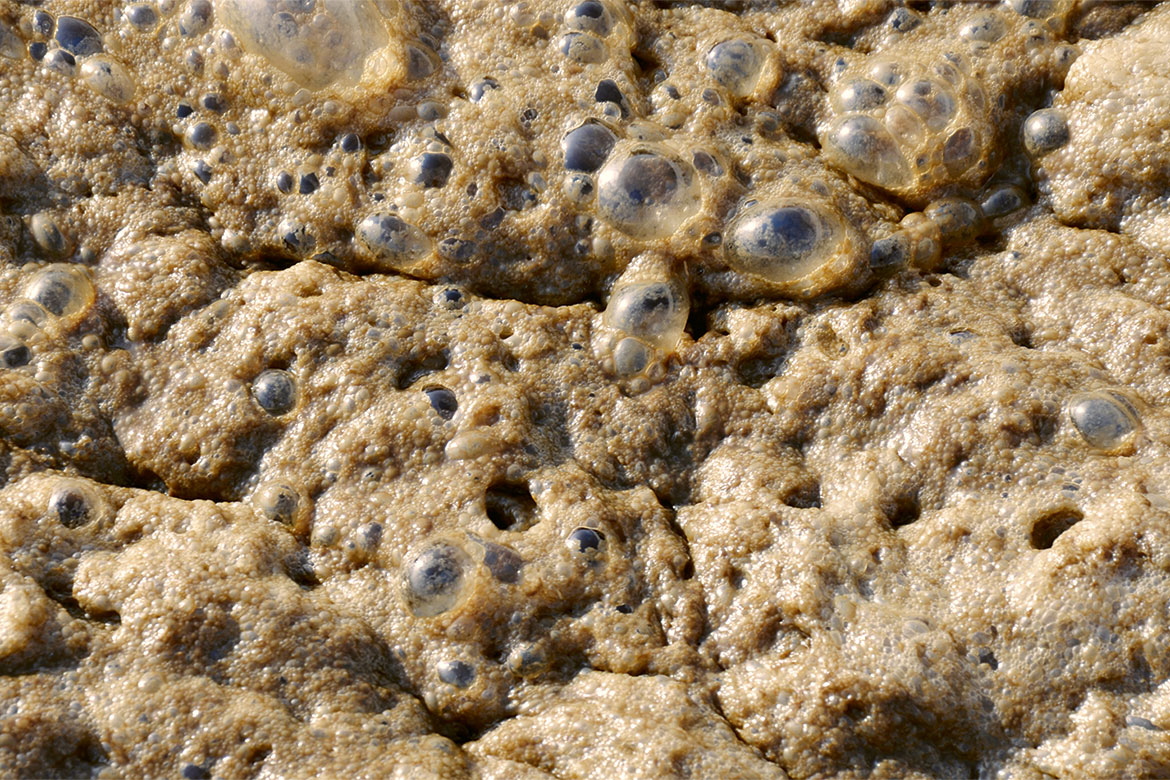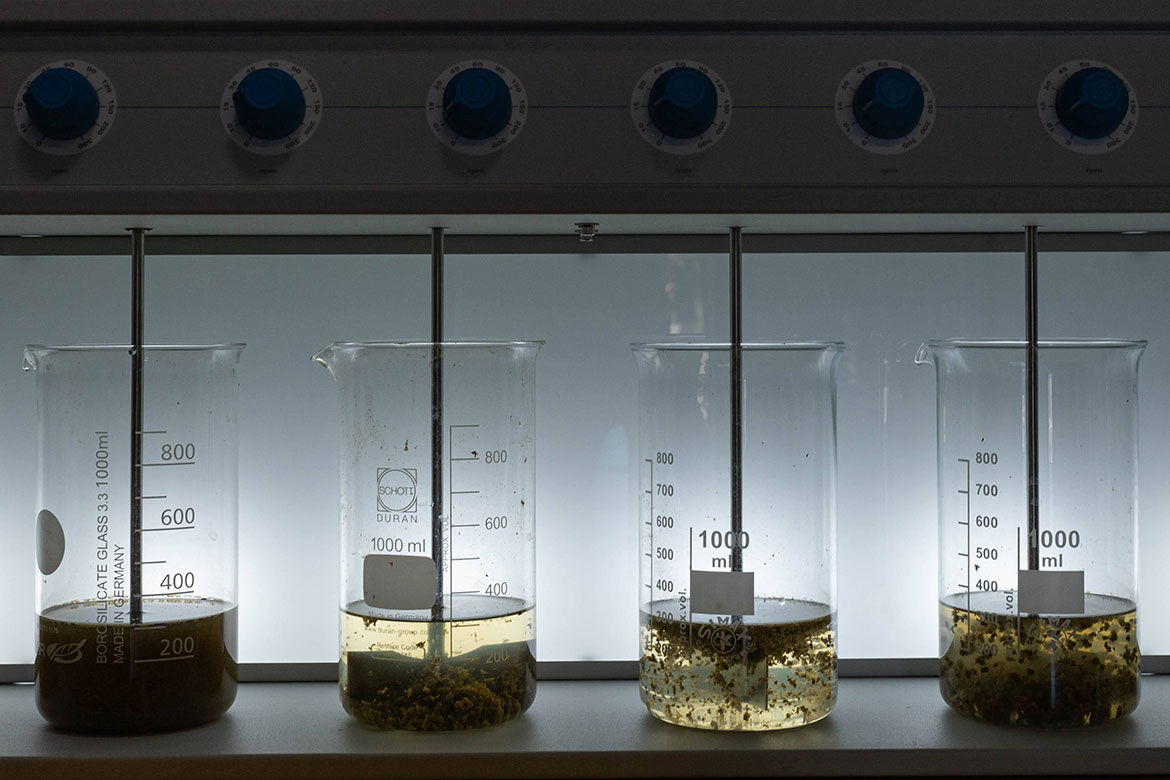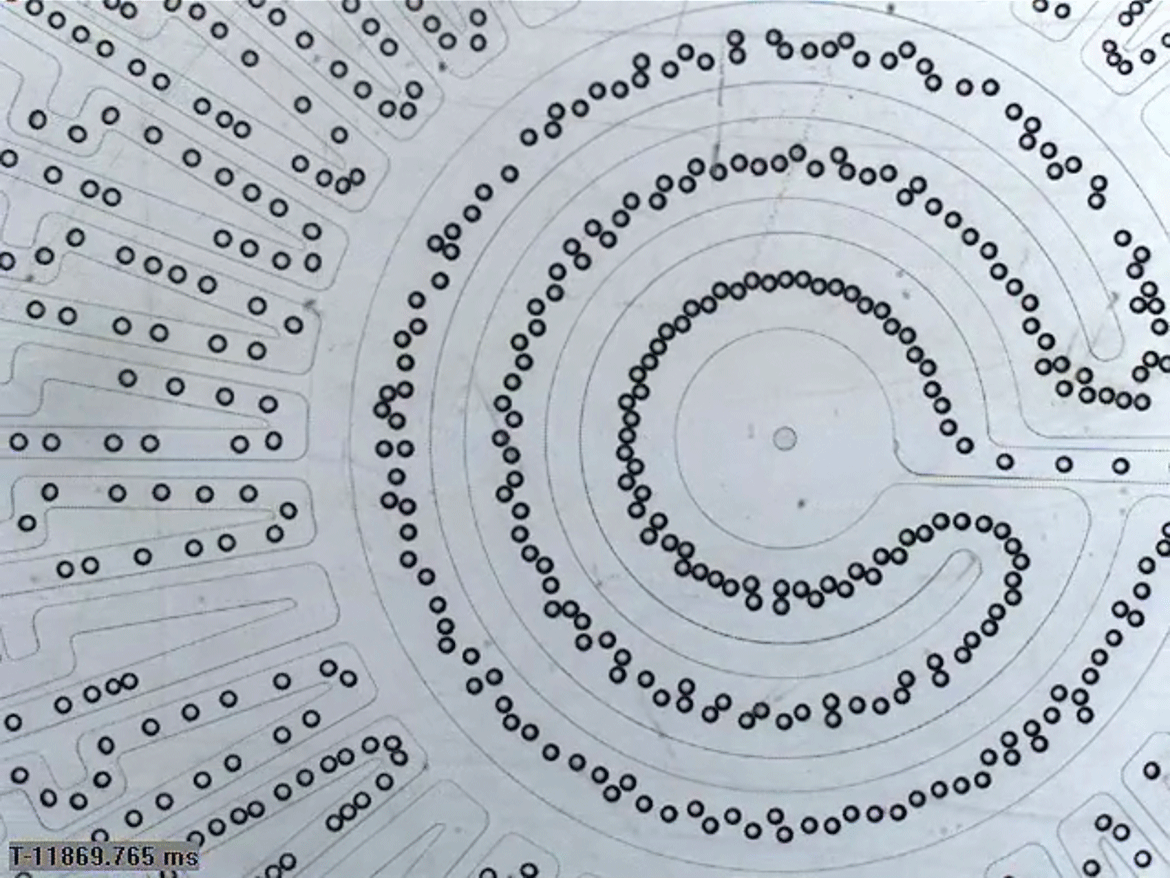The way of all sewage
A set of scales, an algorithm and chemical reactions – with these three things, you can determine the composition of sewage.

The precise processes involved in burning sewage sludge have now been determined. | Image: Shutterstock / Matteo Fes
Every year, some 200,000 tons of sewage sludge are produced in Switzerland. And it’s increasing. Since 2006 a federal regulation has ensured that this waste can no longer be used as manure. This is why it’s mostly burnt today, and to this end it first has to be properly processed. In an initial step, methane is extracted to be used for energy generation. In a second step, it’s dried.
Up to now, we didn’t know much about the processes that occur while sewage is being burnt, or how we might describe their kinetics. This has now changed thanks to a study by Jonas Wielinski, a doctoral student under Ralf Kaegi at Eawag. Kaegi’s team have discovered that you can describe the burning of sewage as ten chemical reactions.
For this, they used a device that basically functions like a highly precise set of scales in an oven. The whole process is called thermal gravimetric analysis (TGA). The sewage samples were subjected to various temperatures and different atmospheres. The researchers utilised an algorithm in order to determine the combustion reactions that ran in parallel, and this enabled them to identify the corresponding Arrhenius Parameters. They also presented a method that enables them to determine reference compounds.
Based on the reactions they observed, the components that burn in sewage sludge are 35 percent cellulose and 20 percent lignin. The cellulose comes primarily from toilet paper that is a primary component of the organic waste in our sewage. Lower percentages of hemicellulose, xylan, alginate and calcite were also identified. Lignin, hemicellulose and xylan are also found in organic matter and occur in many plants.




